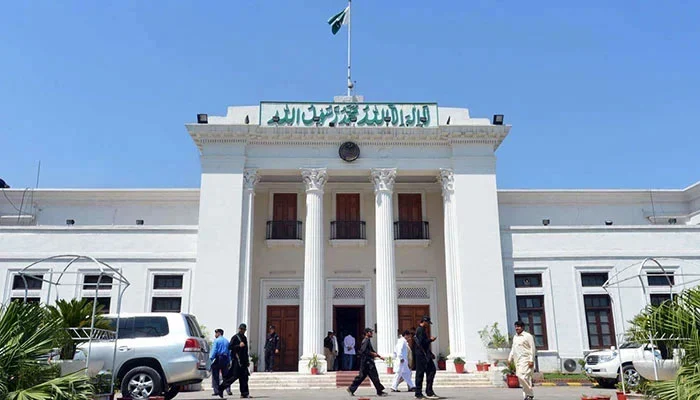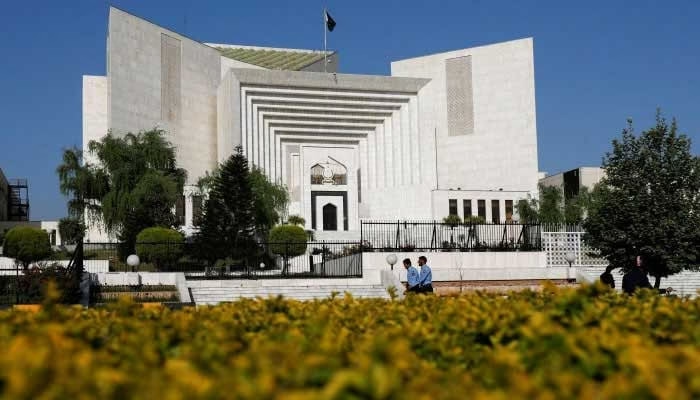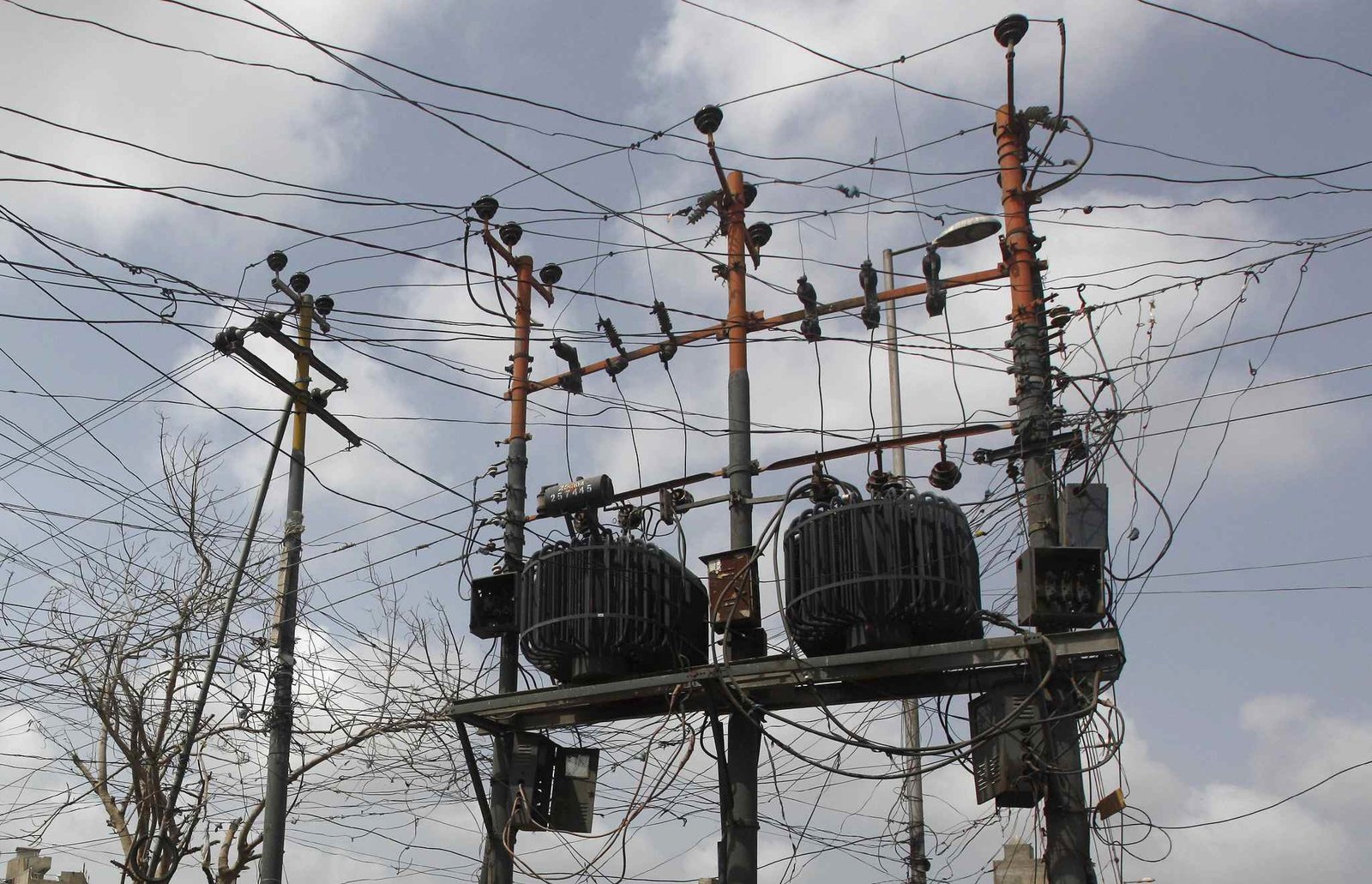In an unprecedented event, Karachi has experienced earthquake tremors for three consecutive days, marking a historic first for Pakistan’s largest metropolitan city. Today’s tremor was the 21st earthquake recorded in Karachi during this alarming seismic streak.
The latest tremor was recorded at 11:51 AM on Wednesday, with a magnitude of 2.0 and a depth of 10 kilometers. The epicenter of this seismic activity was located 23 kilometers east of Malir, a densely populated suburban area of Karachi.
A First in Karachi’s Seismic History
According to the Seismological Center, this is the first time in Karachi’s recorded history that such a series of earthquakes has occurred over a continuous three-day period. While the tremors have been minor in intensity, the frequency and consistency have raised concerns among residents and experts alike.
Landhi Fault Line Activity Identified as the Source
Chief Meteorologist Amir Haider has weighed in on the unusual seismic pattern. He confirmed that the ongoing tremors are linked to the activation of the Landhi fault line, a lesser-known fault zone that runs through Karachi’s eastern areas.
The Landhi fault line has become active, which is why we’re seeing these back-to-back tremors,Haider stated. However, the good news is that this fault line is now entering a normalization phase.
He further added that the seismic activity is not unusual for fault lines that have remained dormant for extended periods and then begin to release pent-up tectonic stress in the form of low-intensity earthquakes.
Should Karachiites Be Worried?
While the tremors have so far remained minor—ranging between 1.8 to 3.2 on the Richter scale—experts have advised vigilance and awareness, especially for residents in and around Malir, Landhi, Shah Faisal Colony, and Korangi, where the fault line is believed to be most active.
Amir Haider reassured the public that there is no immediate threat of a major earthquake, but residents should stay informed, keep emergency kits ready, and know basic safety protocols such as the “Drop, Cover, and Hold” method in case of future tremors.
A Wake-Up Call for Urban Planning?
Karachi is not traditionally considered a high-risk seismic zone compared to regions like Balochistan or northern Khyber Pakhtunkhwa, which are near the Eurasian and Indian tectonic plate boundaries. However, this recent sequence of earthquakes has raised important questions about the city’s preparedness, especially given its unregulated urban sprawl, fragile infrastructure, and lack of public awareness about earthquake safety.
Urban planners and geologists are now calling for an urgent reassessment of Karachi’s fault lines, building codes, and disaster response mechanisms. A report from the Pakistan Meteorological Department (PMD) earlier this year had warned of increased tectonic activity in southern Sindh, yet those concerns had largely gone unnoticed.
Seismologists believe that the tremors are aftershocks or stress adjustments along the Landhi fault line. These could continue for a few more days but are expected to decrease in intensity and frequency.
We’re closely monitoring the situation and will issue alerts if we detect any seismic threat above a certain threshold,said a representative from the Seismological Center.
Public Response and Social Media Buzz
The unusual seismic activity has sparked widespread concern and curiosity across social media platforms, with many Karachiites posting about the sudden tremors, sharing CCTV footage, and discussing the safety of high-rise buildings.
Some residents reported experiencing the tremors as a gentle shake of windows and doors, while others initially dismissed the movement as heavy traffic or construction-related vibrations—until the frequency of the tremors made it impossible to ignore.
As Karachi continues to feel the aftershocks of this seismic surprise, experts are urging calm but encouraging awareness and readiness. The Landhi fault line’s sudden reactivation serves as a crucial reminder that even cities not traditionally known for earthquakes must be prepared for the unexpected.
With 21 tremors in just three days, Karachi finds itself at a seismic crossroads, where urban resilience, scientific monitoring, and public education must come together to ensure the city’s safety and preparedness for the future.



